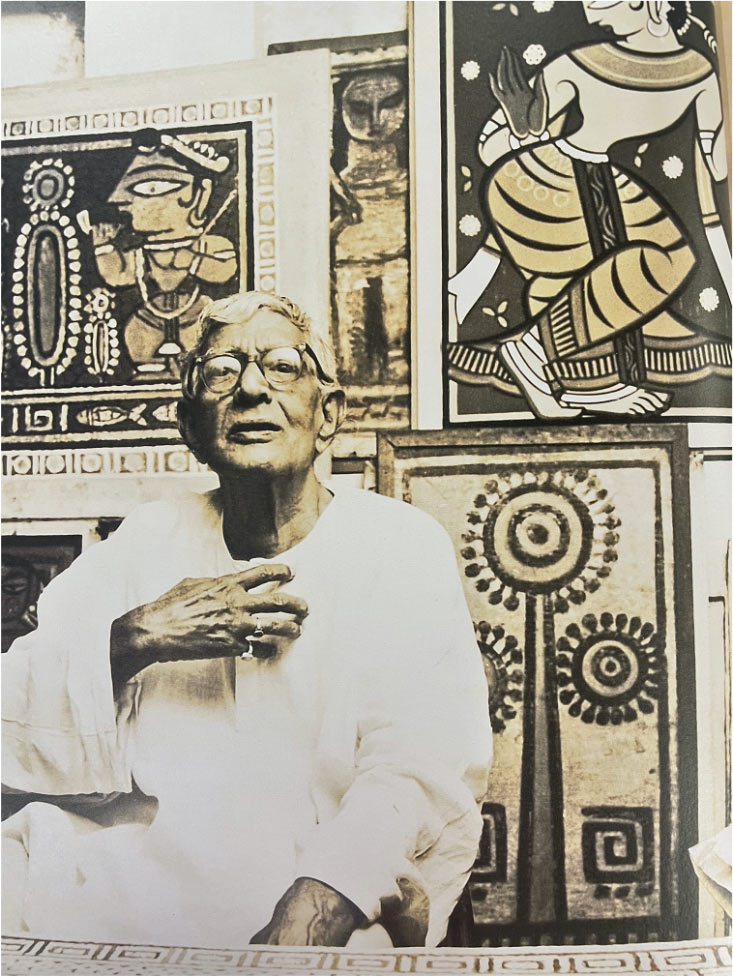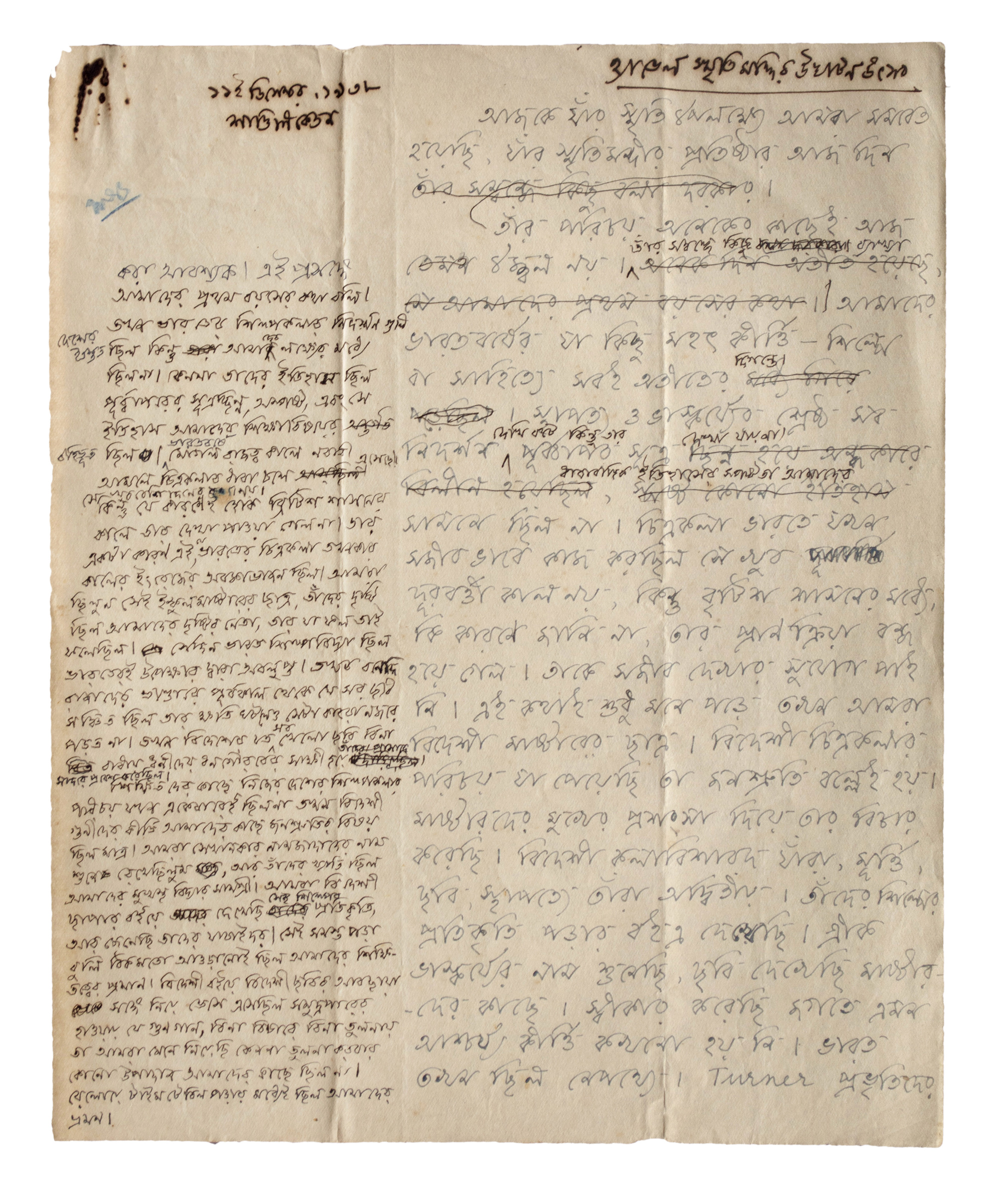Atul Bose's Storied Legacy in India's Parliamentary and Museum Halls
This academic exploration serves as an archive, offering a testament to the sought-after portraiture skills artist Atul Bose. Through a collection of newspaper cuttings, we delve into the intersection of artistry and history, with each article representing a chapter in the narrative of this renowned portrait artist. These cuttings, meticulously preserved, provide valuable insights into the recognition and praise garnered by Atul Bose's creations over time, as they secured their esteemed place within museums and government institutes.
Read More.jpg)

.png)






